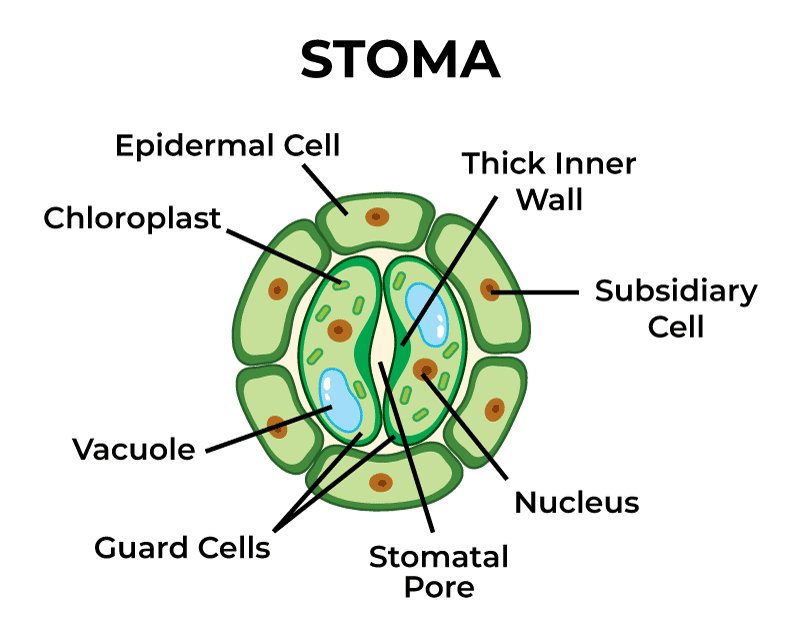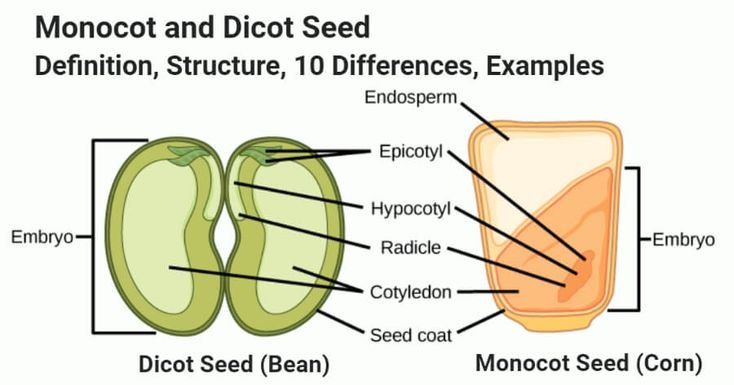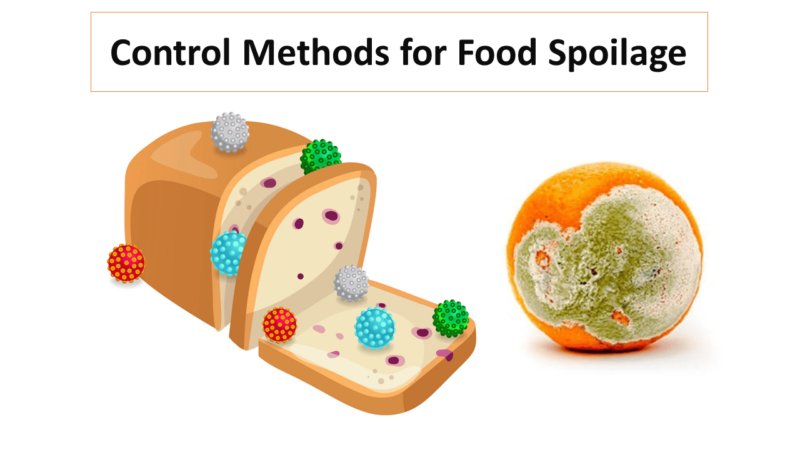Class 10 Biology Summer Vacation Project Ideas 2024-25: School projects offer more than a chance to complete assignments. They are the way to make learning fun and exciting. As you work on your school project you’ll discover new things and make new discoveries. School projects will let you get out of your textbook and provide hands-on-approach. It will develop important skills like problem solving, analysis and critical thinking. Students will learn to think critically and find the solutions to challenges, which will help them to learn and grow. Here are some simple biology project ideas specifically designed for class 10 students to further enrich their learning experience.
Class 10 Biology Project Ideas for Summer Vacation 2024-25
Students can understand Biology class 10 lessons better by doing experiments, and making project models. These activities will help students to see how the things you learn in theory actually works in real life. To make it easier for you we have listed some simple Biology project ideas for class 10 below for your reference:
1. Stomata on a Leaf Peel using a Temporary Mount
Material Required -
- A potted plant of Bryophyllum or Tradescantia
- Needles
- Forceps
- Watch glass
- Dropper
- Glass slides
- A brush
- Coverslips
- Blotting paper
- Safranin
- Compound microscope
- Glycerine
Procedure -
- Leaf Prep: Take a healthy leaf and wash it gently and peel a thin layer from the underside of the leaf.
- Slide & Stain: (Optional) Place the peel on a slide with water. Add a tiny drop of stain (if using) and wait for a minute.
- Glycerin & Coverslip: Add a drop of glycerin, then gently lower a coverslip without any air bubble.
- Microscope Magic: Look for stomata - tiny circles with bean-shaped openings. Perform the experiment under the guidance of teacher for better understanding.

2. Identifying the Different Parts of a Dicot Seed Embryo
Material Required -
- Seeds of red kidney bean/gram
- Forceps
- Magnifying glass
- Cloth
- Petri dish
- Water
Procedure -
- Observe the Seed: Observe the whole seed carefully. Notice its shape, color, and any markings on the seed.
- Soak it Up: If your seed is hard, soak it in a little water for a few minutes or overnight if needed to soften it before dissecting.
- Carefully Open: Using the needle or tweezers, gently open the seed coat, the hard covering. Be careful while performing this step, make sure not to damage the seed inside!
- Spot the Parts: Look for the following: Cotyledons, Plumule, Radicle, Embryo, Seed Coat, etc

3. Genetic Variation in Plants Project
Material Required -
- Selection of seeds from different varieties of the same plant (beans, peas, sunflowers, etc.)
- Small pots with drainage holes
- Potting soil
- Watering can
- Markers
- Notebook
Procedure -
- Seed Selection: Choose at least three different varieties of the same plant like green beans, yellow beans and purple beans).
- Planting Power: Label or mark your pots and plant a few seeds from each variety in separate pots.
- Plant Care: Provide all the plants with the same amount of water, sunlight, and care.
- Detective Mode: Observe your plants daily and record your findings in your notebook.

4. Human reflexes Project
Material Required -
- Ruler
- Blindfold (optional)
- Partner (optional)
- Table
- Pen and paper
Procedure -
- The Knee Jerk: Sit on a table with your legs dangling freely. Ask your partner to gently tap your kneecap just below the kneecap with the rubber end of the ruler. Observe your leg's automatic jerk. This is the knee jerk reflex, which helps maintain balance.
- Blink Test: Find a partner. Close your eyes or use a blindfold. Ask your partner to wave their hand quickly towards your open eye. You should blink automatically. This blink reflex protects your eyes from dust or danger.
- Record Your Findings: Write down your observations for each reflex test. How quickly did your body react?

5. Microorganisms in Food Spoilage
Material Required -
- Two slices of bread
- Two sealable plastic bags
- Stapler
- Marker
- Warm place
- Observation notebook
Procedure -
- Label Your Bags: Clearly mark one bag "Open" and the other "Closed."
- Bread Prep: Place a slice of bread in each bag.
- Open and Closed: Leave the "Open" bag unsealed placing a bread slice in it. Staple the "Closed" bag with bread slice shut to minimize air circulation.
- Spoilage Station: Place both bags in your chosen warm location.
- Observe and Record: Over the next few days, observe the bread slices daily. Use your notebook to record any changes you see in each slice, such as mold growth, color changes, or unpleasant odors.

Also Check : NCERT Books for Class 10 (All Subjects)
Comments
All Comments (0)
Join the conversation